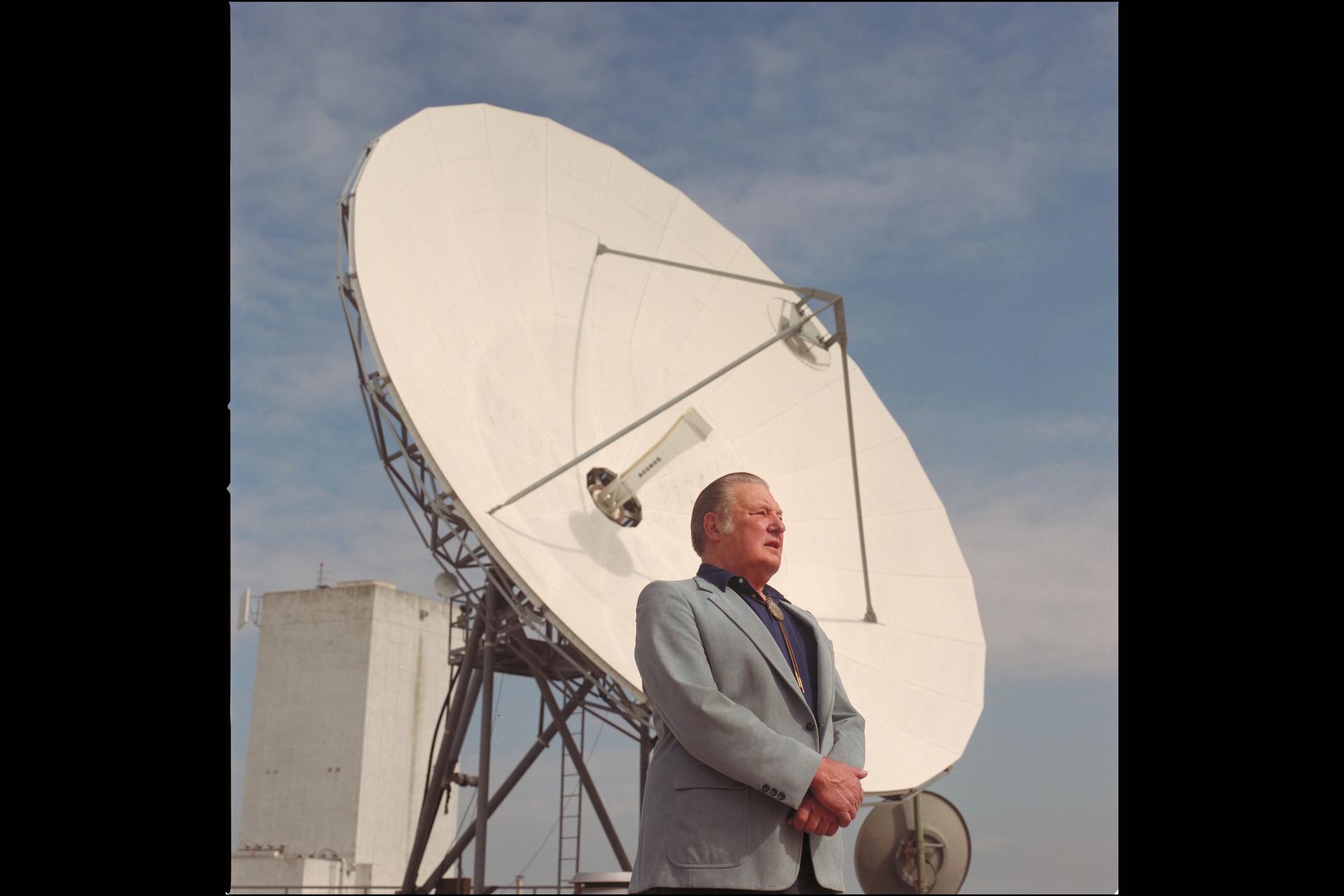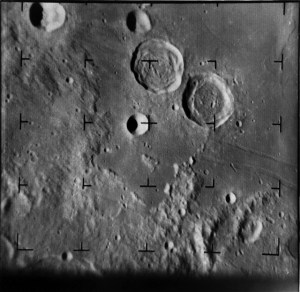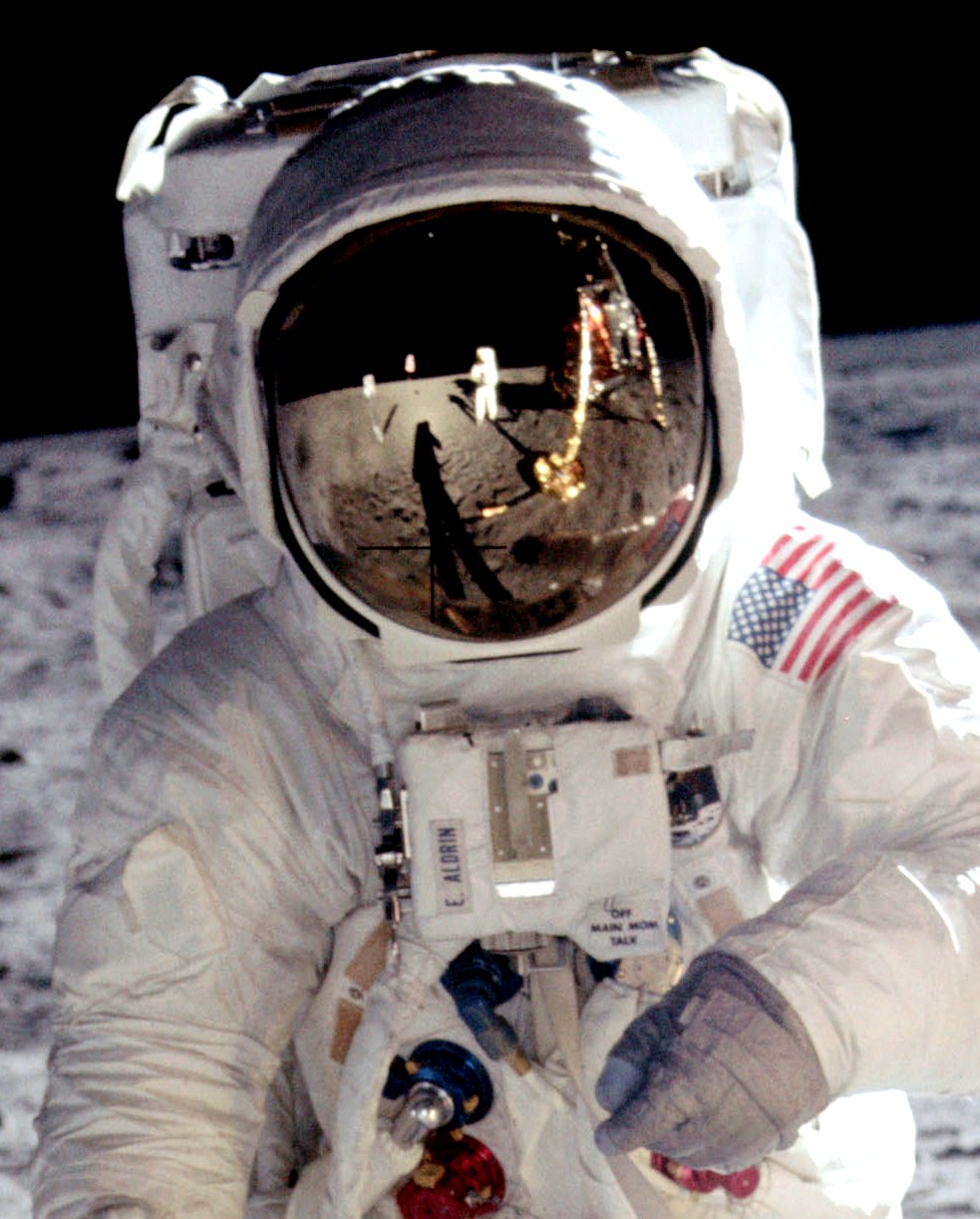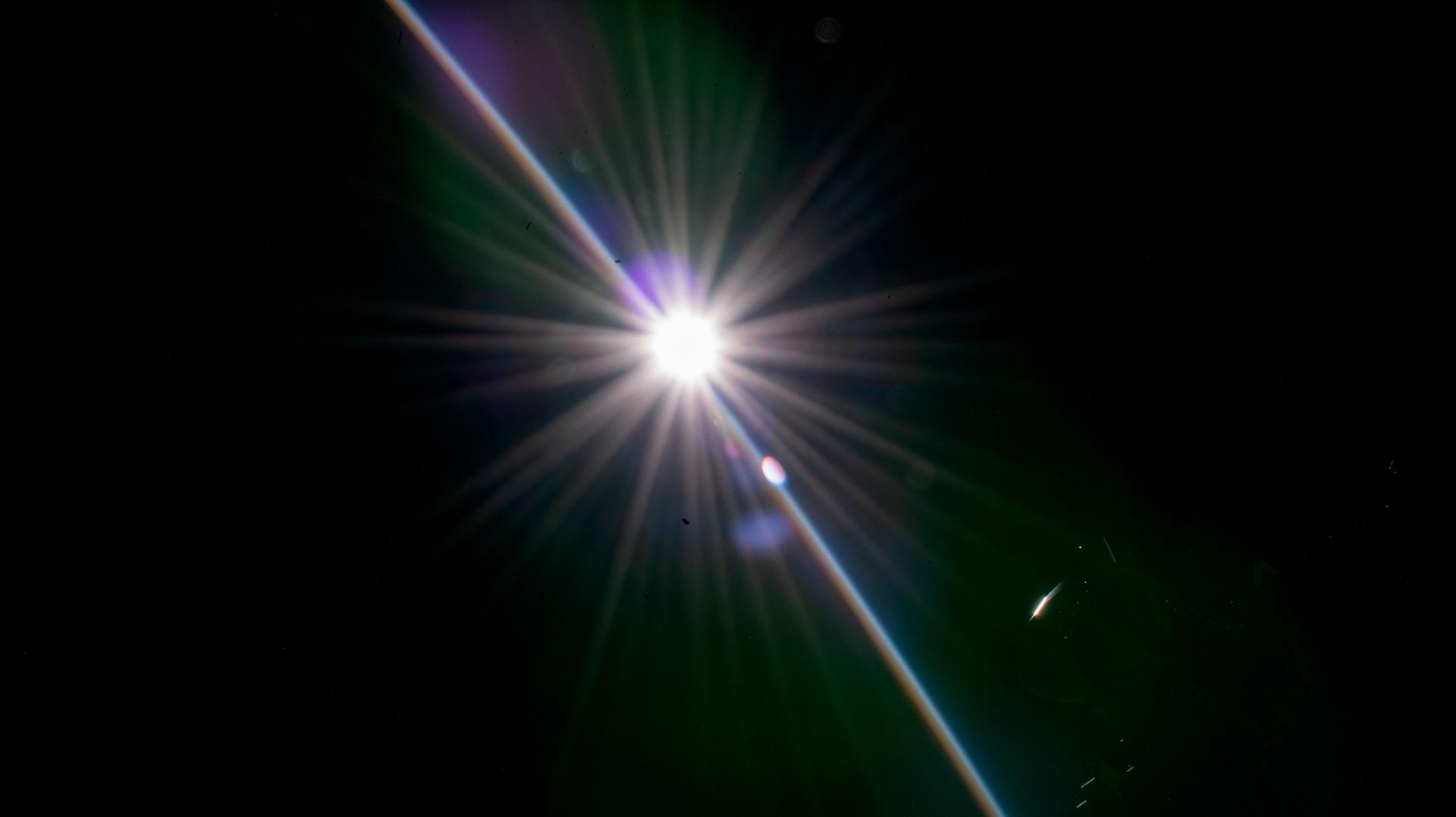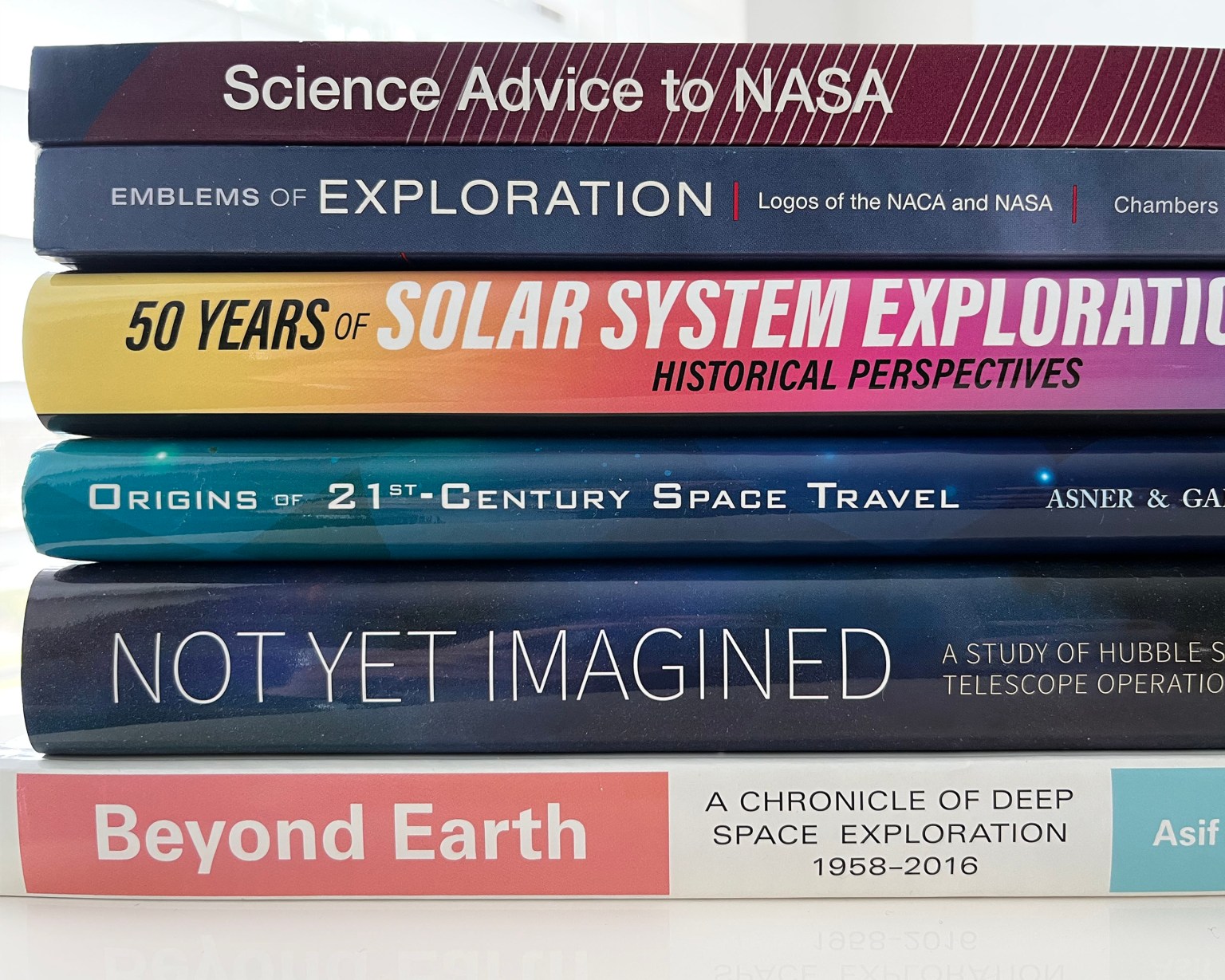Since the beginning of civilization, people have wondered if we are alone in the universe or whether there is intelligent life somewhere else. In the late twentieth century, scientists converged upon the basic idea of scanning the sky and “listening” for non-random patterns of electromagnetic emissions such as radio or television waves in order to detect another possible civilization somewhere else in the universe. In late 1959 and early 1960, the modern SETI era began when Frank Drake conducted the first such SETI search at approximately the same time that Giuseppe Cocconi and Philip Morrison published a key journal article suggesting this approach.
NASA joined in SETI efforts at a low-level in the late 1960s and early 1970s. Some of these SETI-related efforts included Project Orion, the Microwave Observing Project, the High Resolution Microwave Survey, and Toward Other Planetary Systems. On Columbus Day in 1992, NASA initiated a formal, more intensive, SETI program. Less than a year later, however, Congress canceled the program.
For more background on SETI history and the cancellation of NASA’s SETI program, you may want to read Stephen J. Garber’s 1999 article in the Journal of the British Interplanetary Society titled “Searching for Good Science: The Cancellation of NASA’s SETI Program.” Part of the cancelled program was picked up by the private, non-profit SETI Institute, and a smaller part by the non-profit, grassroots SETI League. NASA is still very much interested in astrobiology and technosignatures.
NASA has also published a number full-length books on the subject:
- Archaeology, Anthropology, and Interstellar Communication, edited by Douglas A. Vakoch (NASA SP-2013-4413)
- The Search for Extraterrestrial Intelligence, edited by Philip Morrison, John Billingham, and John Wolfe (NASA SP-419)
- Project Orion: A Design Study of a System for Detecting Extrasolar Planets, edited by David C. Black (NASA SP-436)
- Life in the Universe (NASA CP-2156)

























